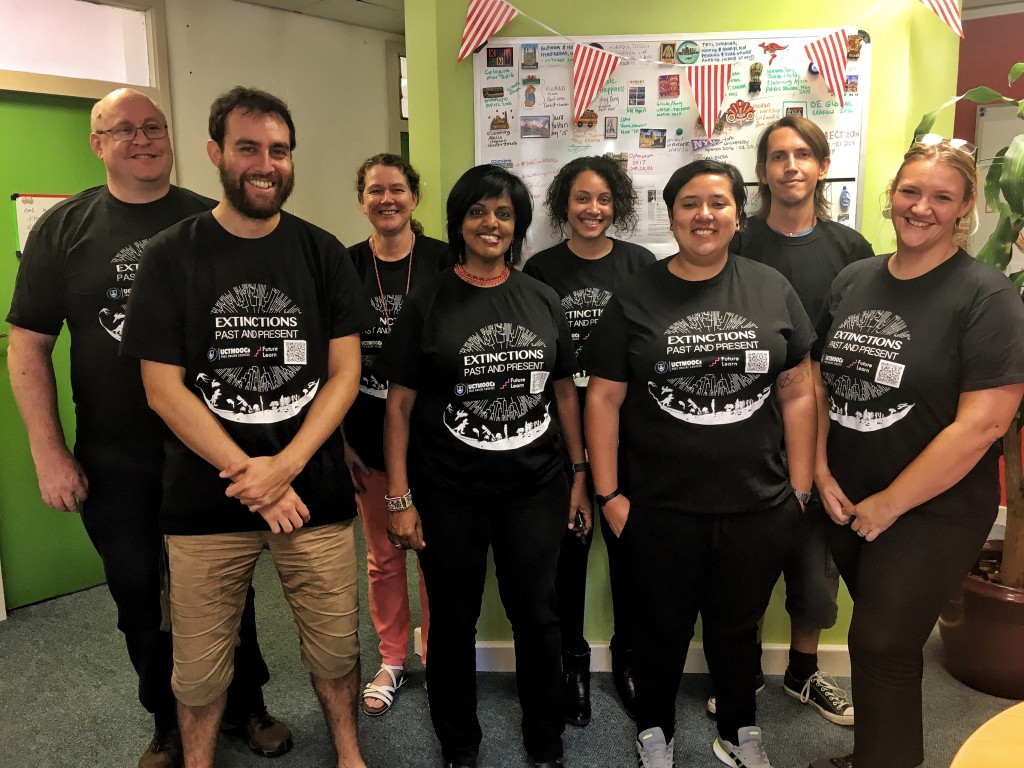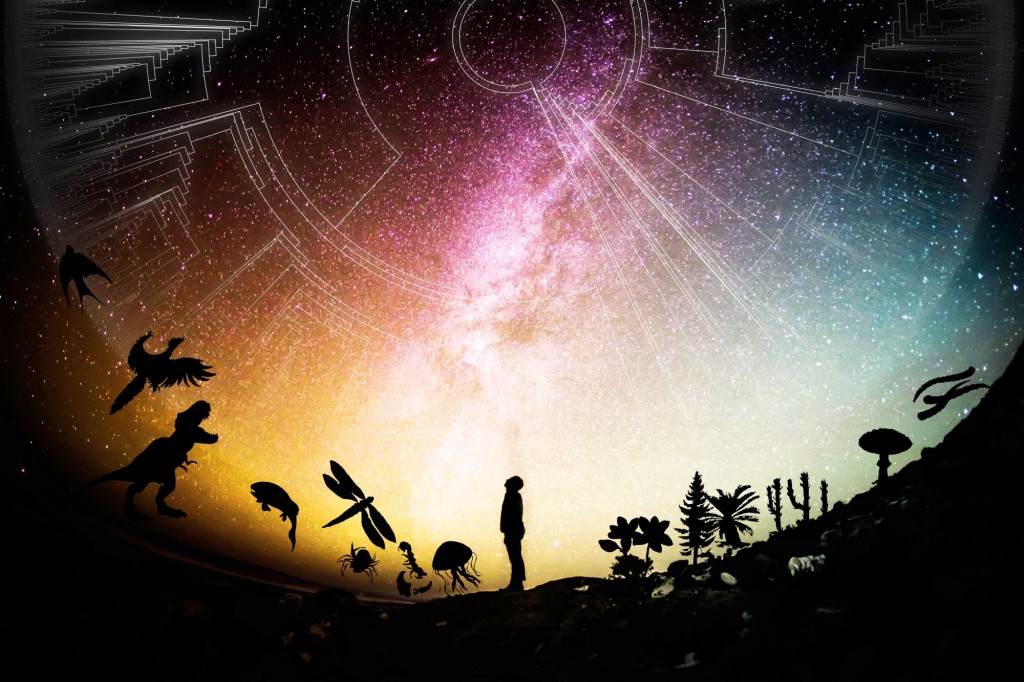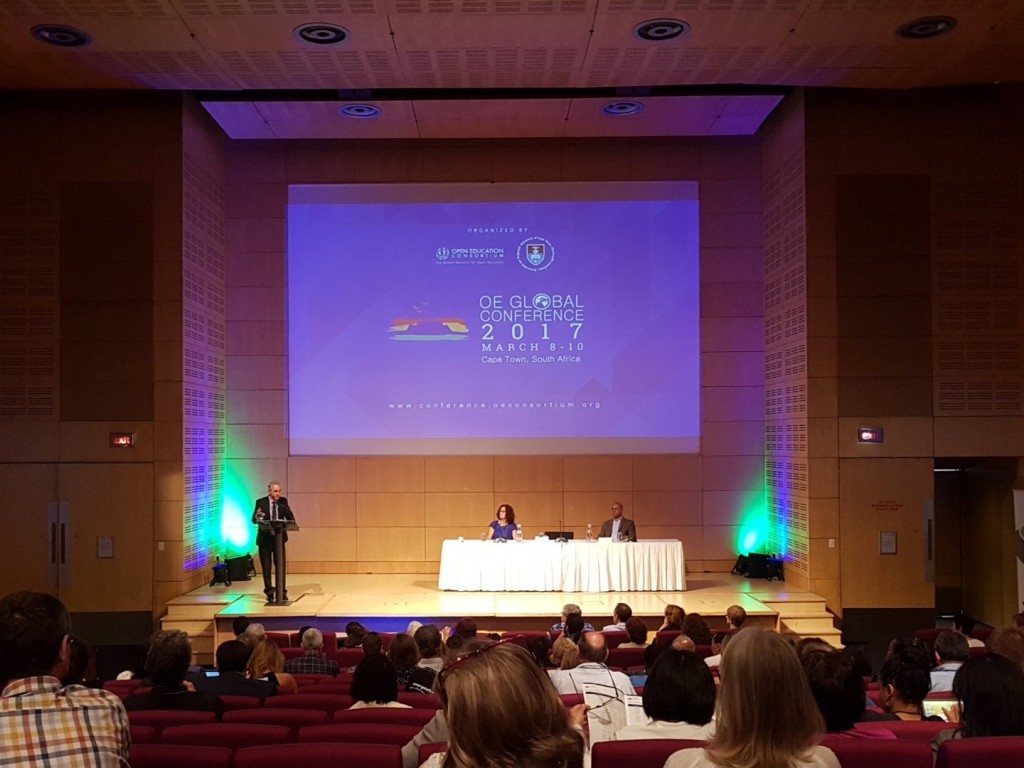Professor Anusuya Chinsamy-Turan was one of the first academics who came to mind when CILT were identifying possible courses for the UCT MOOCs project. She is an internationally renowned A-rated researcher whose research interests include dinosaurs and she is passionate about communicating science. These add-up to a winning combination for a MOOC educator. Now that she has created her course – Extinctions: Past and Present – this prediction has proven sound. Participants are effusive and glowing in praise for Anusuya’s course. As this reviewer posted:
Life on Earth in five weeks. From green algae to humans. Absolutely brilliant course. The rise and fall of the dinosaurs. Mass extinctions, Asteroid strike. Great tutor communicates subject clearly and understandable. Great material. Did not want this course to end. (on Class-Central)
I really enjoyed this course 😀 It furthered my understanding of extinctions that I study at uni, and they provide plenty of useful resources! The part I loved the most with this course was listening to professionals talk about their field of study and how it assists with the understanding of these past extinctions and help with predicting the upcoming sixth extinction. (on Facebook)
Many shared these sentiments – wanting the course and the lively discussions to continue. An Extinctions Facebook page has been created to maintain a community beyond the five weeks of learning engagement.
The five week course takes participants on a journey to explore how life on earth has been shaped by five mass extinction events in the distant past, and how biodiversity is facing a crisis, with the prospect of a sixth extinction event today. Anusuya introduces each week and interviews guest scientists about how their research informs us about the biodiversity of our planet including the very first life forms; fish and tetrapod diversification; the radiation of reptiles and dinosaurs; and the rise of mammals. The course covers the five previous mass extinction events in the distant past and then looks at the current threats of a sixth extinction.
It is hard to believe this today, but Professor Anusuya Chinsamy-Turan became a scientist quite unintentionally. You can read about how Anusuya’s career shifted from her vision of becoming a high school biology teacher to the world-famous dinosaur researcher she is today.
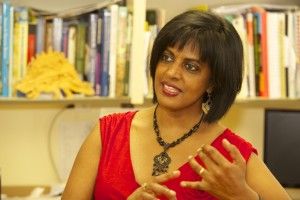
Over 3,300 participants from 120 countries around the world signed up for the first run of the Extinctions: Past and Present course on 20 March 2017. The top countries were the UK and South Africa, followed by the USA, Australia, India, Mexico, Canada and Brazil (see map below). Nearly half of those completing the pre-course survey were over 55 years with the rest of the cohort being equally spread across the younger age groups (including some under 18s!).
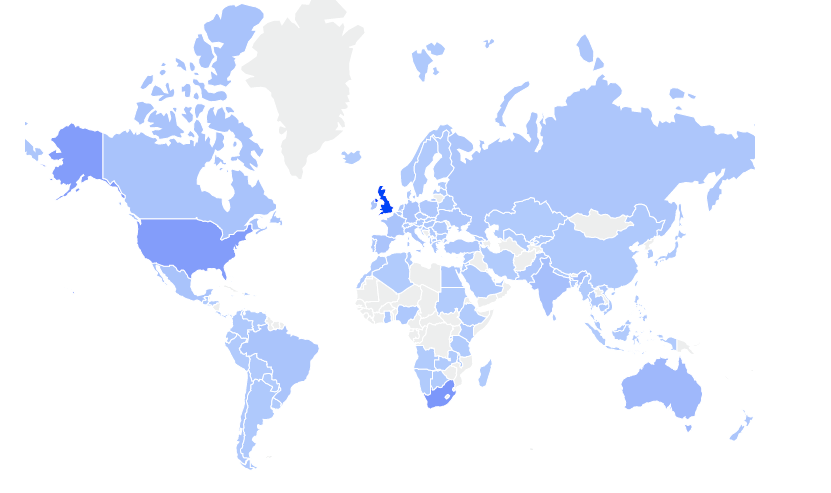
There were 2,000 who started the course, which is typical of MOOCs, where about half of those who signed up become active learners. The participants ranged from highly qualified people learning alongside postgraduate students, teachers, grandparents, and school learners. Many enrolled for general interest and enjoyment, with a high proportion sharing a concern for understanding humans impact on life on earth. There were intense discussions breaking out just about every week, a feature of the FutureLearn courses. Participants discussed all kinds of related issues from the oldest evidence of life; where humans originated; whether the first dinosaurs were bipedal; whether viruses are alive; whether a mass extinction can be called an ‘event’; what caused the different extinctions; how limbs and eyes evolved; is the Anthropocene a real phenomenon; whether humans will survive the next extinction and many others. Participants contributed many additional links and readings to supplement the discussions, and Anusuya offered guidance to other research where the debates extended into new areas. While specifically designed as a public outreach and popular science course, the feedback on the course was positive from participants with many different backgrounds.
Compared to other courses we saw very high engagement. Just over 40% of the 2,000 who started the course, eventually completed most of the course. The final week, which considered the possibility of a human induced sixth extinction, provoked tremendous discussion, exceeding the level of discussion in all but the first week.
Many enthusiastic participants left 5-star ratings on the MOOC review site, Class-Central, on the Extinctions FaceBook site and on Twitter :
- This was an eye opening course and I am now much more aware of the impact we are all having on our future planet. It is up to us to look after it not just exploit it. (Facebook post)
- The course was incredible. The evolution of Life ( and death) on Earth in five weeks Anusuya’s communication and presentation was brilliant. I was able to follow all the material and it was enjoyable. (Facebook post)
- Amazing course: Great interviews with passionate, informed people, and the loveliest warm and optimistic presenting Prof. You are going to learn lots and have a lot of fun doing it plus you are going to “walk -out” of this course a slightly changed person. Take the course! (Class Central review)
- One of the best MOOCs I ever did! A trip into a new world… I already included some activities around extinctions in my classes 😉 Thanks again! (Facebook post)
- This has been an absolutely terrific course, covering the five known mass extinctions clearly and succinctly, and discussing the factors leading to a sixth possible mass extinction at present. Anyone interested in ecology and evolution should sign up for it – you won’t regret it. (Class Central review)
The making of this MOOC was quite eventful – requiring the team to hike part way up Table Mountain in the rain with camera equipment to film an interview with a plant ecologist; changing filming venues during a campus shutdown as well as the challenge of visually representing deep time in diagrams and graphics. This course was an enormous team effort – Anusuya and her PhD student, German Montoya, spent hours preparing and editing the material. Anusuya herself not only recorded many lectures, but also interviewed 15 scientists about their work to showcase current research on aspects covered during the course. These interviews were very popular with participants [for example, John Pearce said on his Class Central Review: Especially stimulating were the video interviews with a wide range of specialist scientists actively engaged with state of the art work in their fields].
From the production side – CILT deployed two videographers, a graphic designer, two learning designers and a project manager. Even the production team joined the Extinctions course fanclub – going as far as designing a special Extinctions course t-shirt as a memento of this epic experience!
